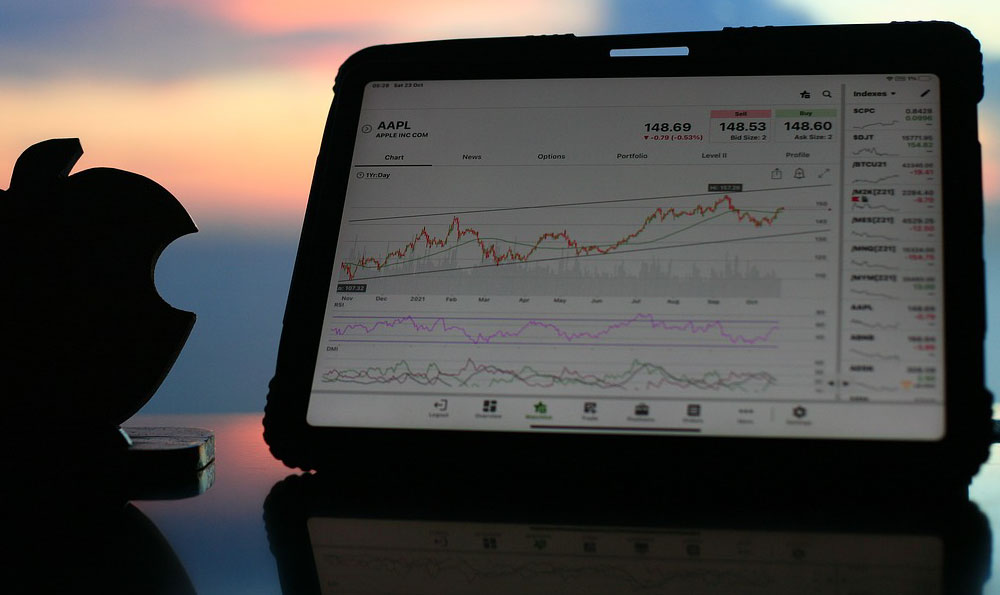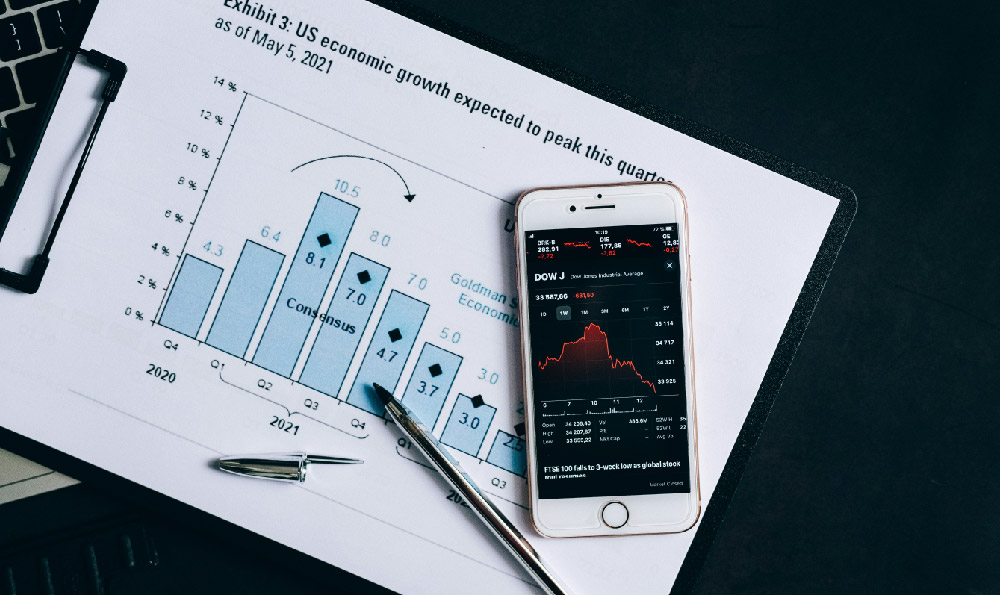Leveraging debt in the realm of cryptocurrency investment is a double-edged sword, capable of amplifying both potential gains and potential losses. While the allure of significant returns is tempting, a clear understanding of the risks involved and a well-defined strategy are paramount to success. It's certainly possible to make money leveraging debt in crypto, but it's far from guaranteed and requires a sophisticated approach.
One primary method of leveraging debt is through margin trading offered by many cryptocurrency exchanges. Margin trading allows you to borrow funds from the exchange to increase your trading position beyond your initial capital. For instance, if you have $1,000 and the exchange offers 5x leverage, you can control a $5,000 position. This magnifies potential profits if the market moves in your favor. However, it also magnifies potential losses. If the market moves against you, your losses can quickly exceed your initial investment, and you could be forced to liquidate your position or even owe the exchange money.
Another avenue for leveraging debt is through borrowing against your existing cryptocurrency holdings. Platforms like Celsius, BlockFi (prior to its issues), and Aave (a decentralized platform) allowed users to deposit crypto as collateral and borrow fiat currencies (like USD) or stablecoins. This allows investors to access capital without selling their crypto assets, potentially allowing them to capitalize on other investment opportunities or cover short-term expenses. The risks here lie in the possibility of your collateral being liquidated if the value of your crypto assets declines significantly. The Loan-to-Value (LTV) ratio is a critical metric to monitor. If the LTV rises above a certain threshold (often due to a decrease in the value of your collateral), the platform may issue a margin call, requiring you to deposit more collateral or face liquidation. The fluctuating nature of crypto markets necessitates constant vigilance.

DeFi (Decentralized Finance) protocols offer a wide range of lending and borrowing opportunities. Platforms like Compound and Aave provide automated lending and borrowing markets, where users can supply crypto assets and earn interest, or borrow crypto assets by providing collateral. These platforms often feature dynamic interest rates that adjust based on supply and demand. While offering potentially higher returns than traditional lending platforms, DeFi also introduces additional risks, including smart contract vulnerabilities and the potential for impermanent loss if you're providing liquidity to a decentralized exchange.
Before even considering leveraging debt, it's crucial to have a strong grasp of technical analysis and risk management principles. Understanding chart patterns, indicators like Moving Averages, RSI (Relative Strength Index), and MACD (Moving Average Convergence Divergence), and fundamental analysis of specific cryptocurrencies are essential tools for making informed trading decisions. Without a solid understanding of market trends and potential risks, leveraging debt becomes akin to gambling.
Risk management is paramount. Never risk more than you can afford to lose. A common guideline is to risk no more than 1-2% of your total capital on any single trade. Implementing stop-loss orders is also crucial. A stop-loss order automatically closes your position when the price reaches a predefined level, limiting your potential losses. Regularly reviewing and adjusting your stop-loss orders is essential, especially in volatile markets.
Diversification is another crucial aspect of risk management. Don't put all your eggs in one basket. Spreading your investments across different cryptocurrencies, asset classes, and investment strategies can help mitigate risk. It's also essential to be aware of the potential for scams and fraudulent schemes in the cryptocurrency space. Always do your own research before investing in any cryptocurrency or platform, and be wary of promises of guaranteed returns or overly complex investment strategies.
Psychological discipline is often overlooked but is a key component of successful leveraged trading. The emotional swings associated with high-stakes trading can cloud judgment and lead to impulsive decisions. Sticking to your pre-defined trading plan and avoiding emotional decision-making are crucial for long-term success. Avoid chasing losses and resist the temptation to increase your leverage when things are going well.
Furthermore, understanding the tax implications of leveraged trading is critical. Profits from cryptocurrency trading are generally subject to capital gains taxes, and the tax treatment of leveraged trading can be complex. Consulting with a tax professional is highly recommended to ensure compliance with all applicable tax laws.
Finally, remember that the cryptocurrency market is highly volatile and unpredictable. Even with the best strategies and risk management techniques, losses are still possible. Leverage should only be used by experienced traders who have a thorough understanding of the risks involved and a proven track record of success. Starting with small amounts of leverage and gradually increasing it as your experience and confidence grow is a prudent approach. The rewards can be substantial, but the risks are equally significant. Due diligence, continuous learning, and a disciplined approach are your best defenses against the potential pitfalls of leveraging debt in the cryptocurrency market. It's not simply about how to leverage, but when and why, always prioritizing responsible and calculated risk assessment.












